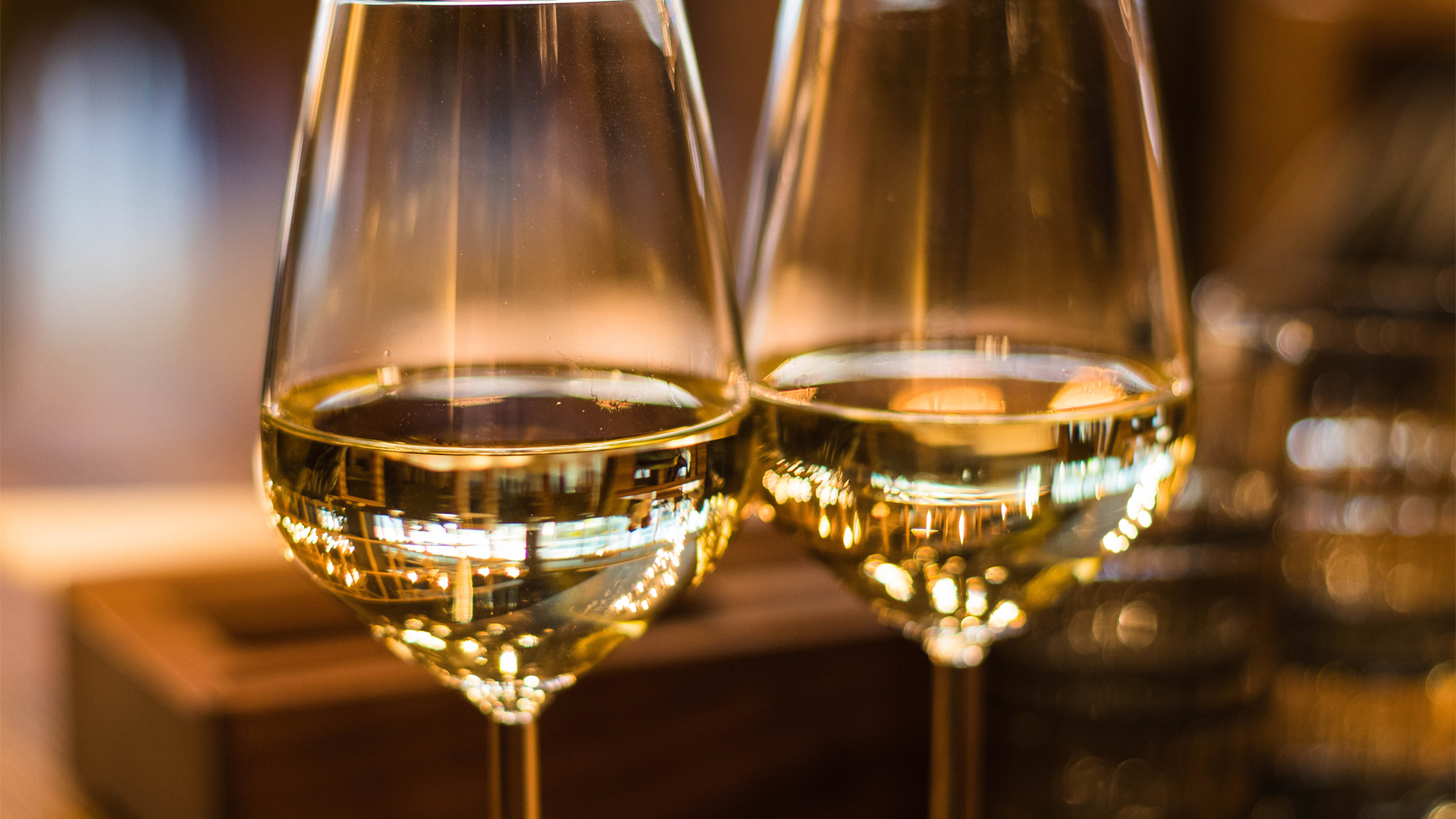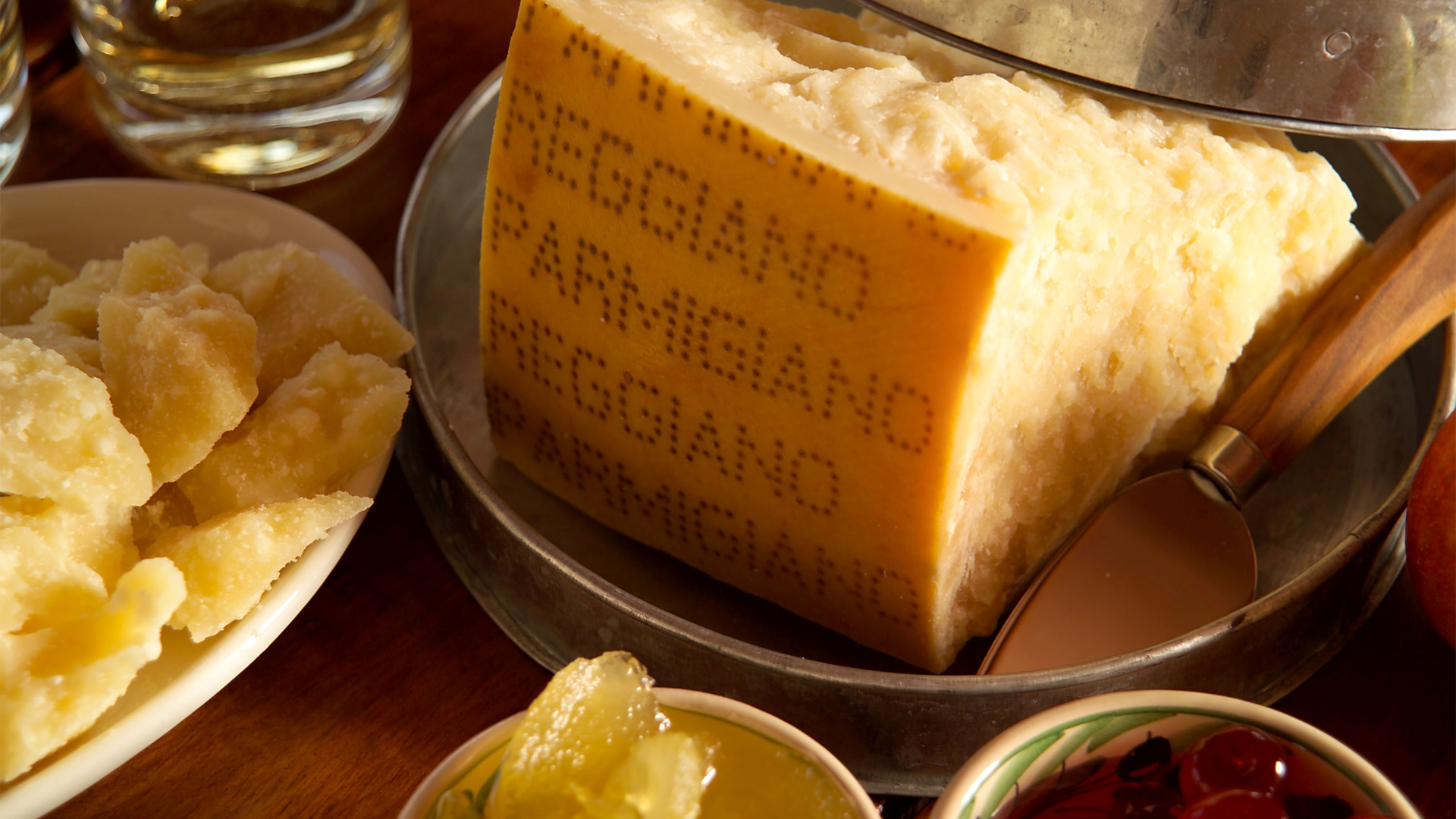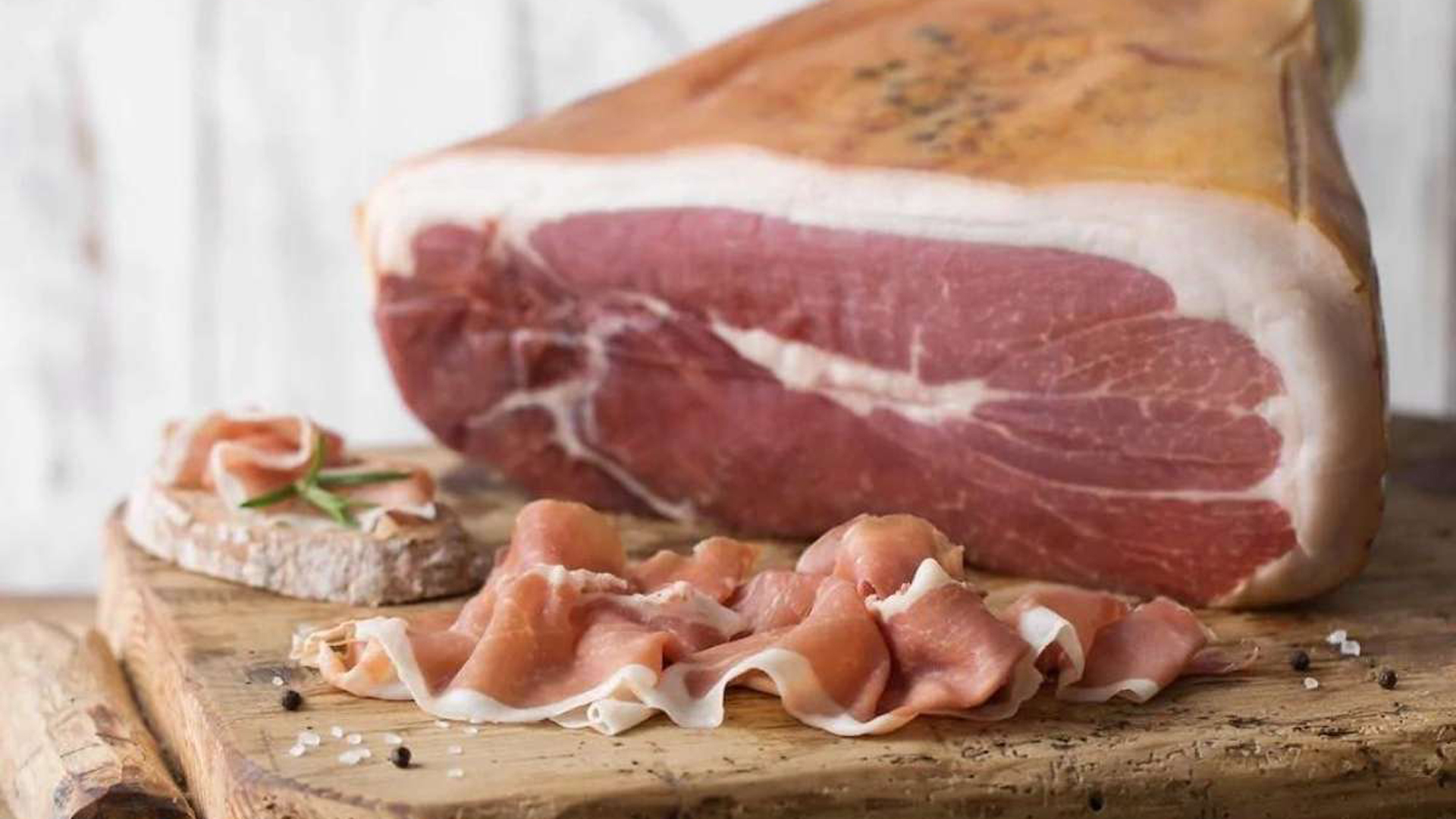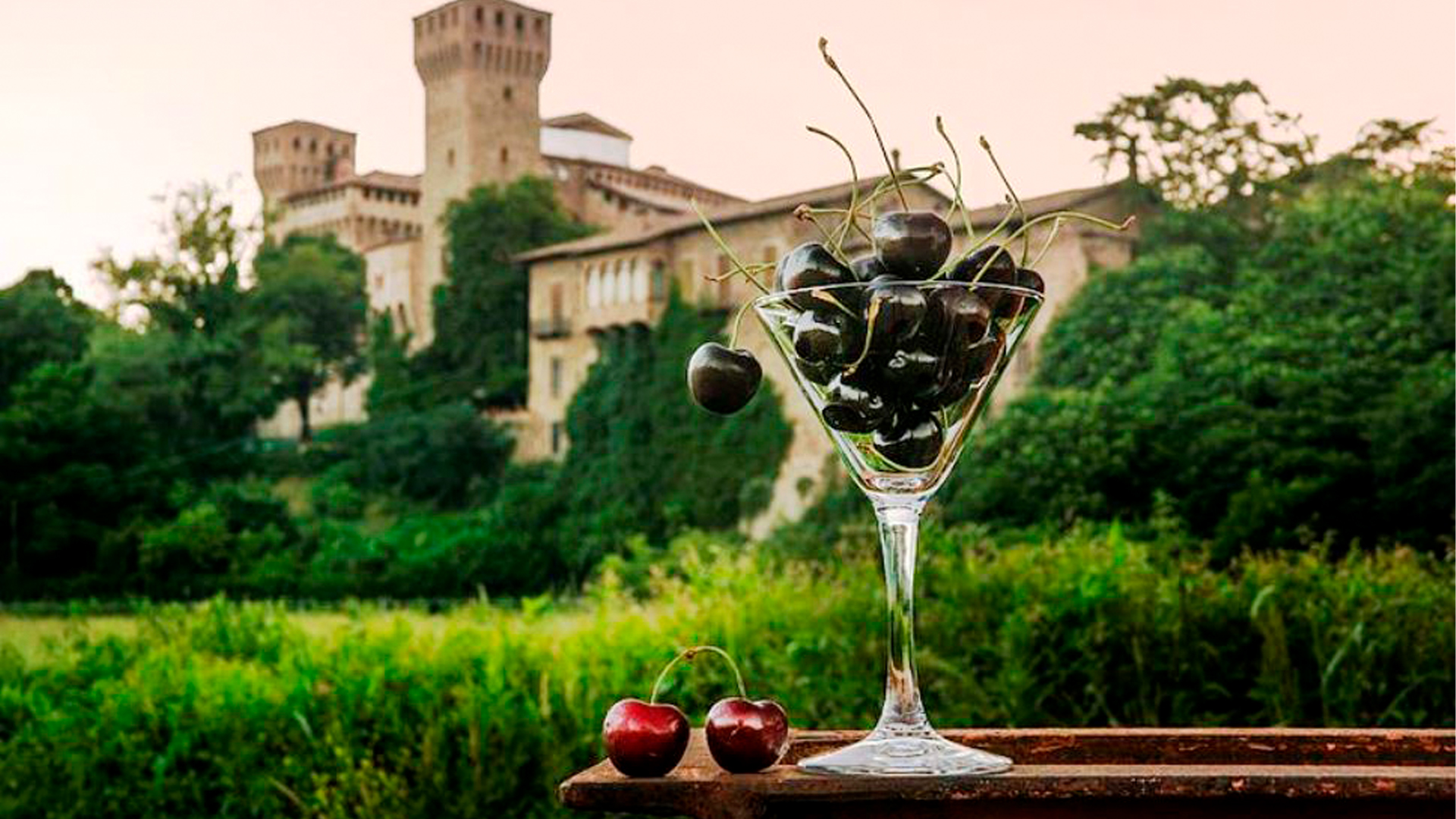The northern Italian region of Emilia-Romagna offers some of the country's most exquisite food, from balsamic vinegar to cured meats and exquisite jams to all types of homemade pasta and wine. Mountains, sea, and great boundless plains characterize Italy’s most extravagantly bountiful region. Here are eight essential foods of Emilia-Romagna to keep an eye out for on your next trip or seek out at home. If you fancy visiting Emilia-Romagna soon, get ready to gain weight—but it’s totally worth it!
Mortadella di Bologna

Among the most popular cured meats in Italy, PGI-certified Mortadella Bologna has an enveloping spicy flavor. This favorite is made of sausage cooked with lean pork cuts, mostly shoulder, throat, and fat, then flavored with salt, pepper, spices, and sometimes pistachios. Enjoy it for breakfast with fresh bread from a real bakery to start your day with pure, delicious energy.
Pumpkin Cappellacci alla Ferrarese

The city of Ferrara is one of the most enchanting Italian historical places. When it comes to digesting beauty and art, Ferrara’s local recipes embrace the artful beauty of food. The northeast section of Emilia-Romagna is well known for being a pumpkin lovers’ paradise with perfect, sweet, and firm pumpkins nestled in the fields. You’ll find it in the region’s homemade pasta such as bitter-sweet ravioli or local-hat-shaped cappellacci, gnocchi, rice, or taste stuffed. The nonna’s secret for a good plate of Cappellacci alla Ferrarese: a touch of nutmeg. Buon appetito!
Malvasia di Candia Aromatica

Malvasia is a group of wine grape varieties historically grown in the Mediterranean region, Canary Islands, and Portugal’s island of Madeira, but now found in many of the winemaking regions of the world. Aromatic Malvasia of Candia is a variety of sweet white wine whose presence in Emilia-Romagna dates back at least to the Renaissance. Its name comes from Monemvasia, the Greek port where ships were loaded with wines produced in Crete (Candia) for export to the Venetian Republic. In Italy, the Malvasia wine can be tasted on the hills between Parma and Piacenza, near Pavia (Lombardy), and in the Molise region.
Parmigiano Reggiano

What makes a cheese Parmigiano-Reggiano? The words Parmigiano-Reggiano stenciled on the rind mean that the cheese was produced in Italy in one of the following areas: Bologna, Reggio Emilia, Mantua, Modena, or Parma (from which the name originated). Only cheese produced in these provinces may be labeled “Parmigiano-Reggiano,” and European law classifies the name as well as the translation “Parmesan” as a protected designation of origin. In Italy, DOC (Denominazione di Origine Controllata) laws are meant to preserve the integrity of traditional Italian food products by ensuring their flavor and quality.

Nearly 4 million wheels of Parmigiano Reggiano are produced annually. A hard-paste cow's milk cheese originated in the Middle Ages in the Benedictine abbeys of Emilia, each wheel weighs between 66 and 88 pounds. Producing one requires 145 gallons of milk. The regulations call for a minimum maturation of 12 months and can extend up to a few years.
Prosciutto di Parma

This famous type of cured ham dates back to ancient Rome. In the second century b.c.e., Cato the Elder wrote about the skilled prosciutto production technique of the Parma artisans. The technique is practically identical today, with the only difference being that salt is now added as a preservative. A DOP product, the ham has a sweet and intense flavor and consists of three simple yet fundamental ingredients: select pig thighs, salt, and the right air. Yes, air is an ingredient too. The air is noticeable in spring when you go for a drive around the Langhirano hills, just above the town where Parma ham and the famous salami are made. You are reminded of it around every bend as you take, in the fresh air coming from the mountains and Ligurian Sea and drive past signs indicating family businesses, large companies, or artisans who have been making Prosciutto di Parma, seemingly forever. All that air stirs the appetite, so stop at the first trattoria you come across.
Balsamic Vinegar

Dense, dark, and sweet, balsamic vinegar from this region packs tremendous flavor. A few drops are enough on meat and fish, but also cheeses, fruit such as strawberries, desserts, and even cocktails. A PDO product, Modena and Reggio Emilia’s balsamic vinegar is one of Italy’s most exported. With production dating back to 1046, the vinegar is made with cooked, acetified musts of ripe grapes and aged in barrels of various woods for about 10 years. Those labeled extra vecchio (extra old) are aged up to 25.
Culatello di Zibello

Meet the king of the Italian ham. A PDO salami from the city of Zibello in the province of Parma, Culatello is obtained from the finest part of the pork leg. The ham is salted and left to mature for at least ten months in the countries of the Bassa Padana, the lower area of the Po River. Culatello is first mentioned in 1735, but it’s believed to have been on the tables of the nobility as early as the 14th century. Sweet and fragrant, Culatello is more delicate than Parma ham. An amazing product from Italy’s incomparable Emilia-Romagna.
Vignola Cherries

Vignola is a small town close to Modena and famous for its rich production of cherries. In fact, cherries even show up in alcohol for a local specialty that also includes ham, wines, and a chocolate cake called Torta Barozzi. The city, home to the Vignola Cherry and Plum Consortium, is also crossed by the Road of Wines and Flavors known as Città Castelli Cigliegi ("Cities, Castles, Cherry Trees"). The route also boasts grape vines—in fact, the name “Vignola derives from the Latin vineola, which means small vineyard. In Roman times the cultivation of the vine was widely practiced on the alluvial soils of the Panaro River, which runs south to north across Reggio-Emilia.
Barbara Benzoni
Barbara Benzoni was born in Milan and lives between Rome and Tuscany. She is devoted to USA, the land of courage and innovation. She’s Peter's super-lucky mum and Ale's wife. Cinema, art, good food and only beautiful things are the themes of her existence. With a degree in Italian literature and a Masters in Sports Management she can both enjoys books and basketball matches. In 25 years she has been organizing sport events all over the world and she’s been lucky enough to meet the greatest champs ever. Curiosity in everyday life and people are her drivers. Her personal icon is Mohammed Ali : "It's not bragging if you can back it up".


